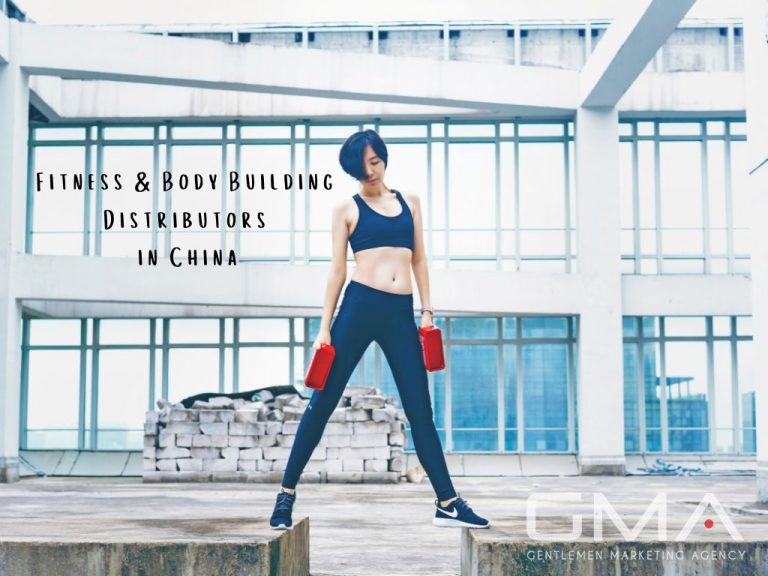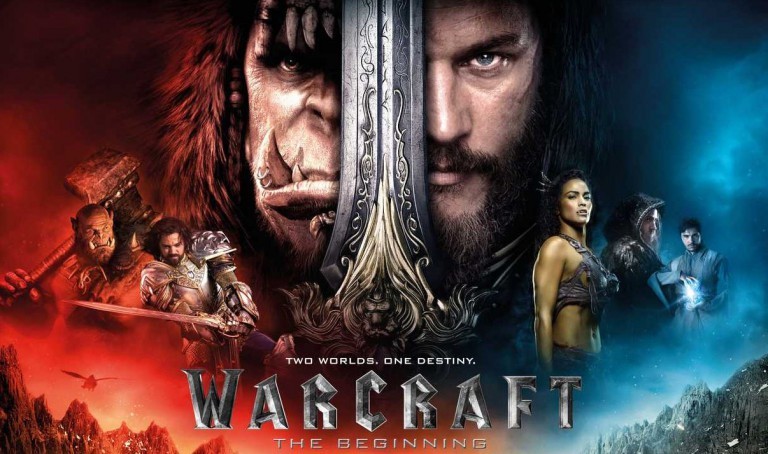10 Fashion Trends in China
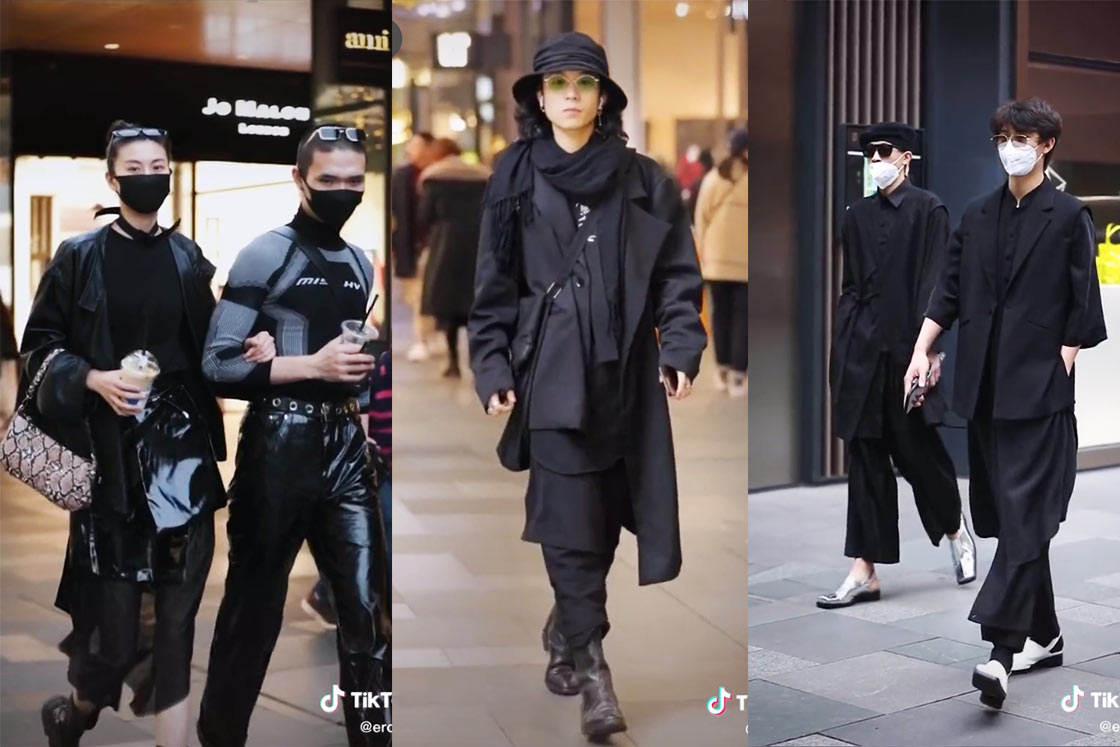
20 Fashion Trends in China
Here you will find the most recent market trends and future growth opportunities in China’s fashion world.
819.7 million Chinese consumers buy fashion brands in China
China is the largest fashion market in the globe. It continues to grow at an exponential pace. Both high- and low-tier have seen impressive growth due to rapid urbanization, as well as the rising purchasing power of consumers.
Cost-Effective Agency
KPI and Results focused. We are the most visible Marketing Agency for China. Not because of huge spending but because of our SMART Strategies. Let us help you with: E-Commerce, Search Engine Optimization, Advertising, Weibo, WeChat, WeChat Store & PR.
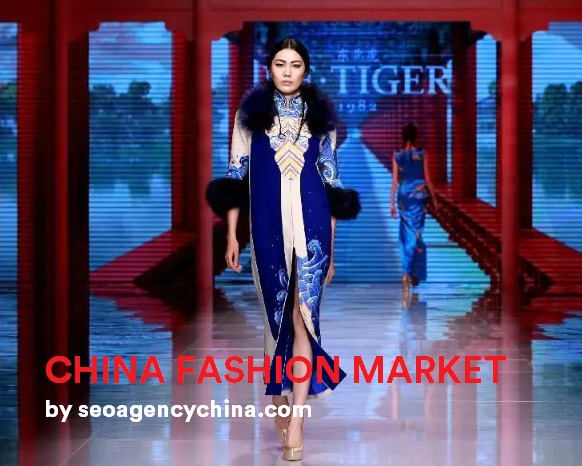
2022 impact of covid (again) on Chinese consumption
COVID-19 has impacted retailers all over the globe, but China managed the pandemic very well. Fashion stores saw an immediate recovery in 2021 ready-to wear and accessories after a sharp decline in 2020. In 2019, value sales exceeded the pre-pandemic levels. Sportswear continued to show impressive growth, outperforming the industry average.
As we have stated, the Chinese market was the most successful in the world in 2021. Its economy recovered faster than the rest of world. The industry’s growth in 2022 will be driven by China and Europe, while the US and Europe lag behind. They also need international tourism to achieve the same volume of sales as pre-pandemic.
Growth : Chinese buy and wll buy more Fashion items.
In China, we expect a growth of 5-10% in sales in 2022 over 2019. Europe will suffer the consequences of falling tourist arrivals. This will lead to a decline in sales from 2020 to 2022 by 3 to 5%.
- The Fashion Market (apparel and footwear, accessories) is expected to generate US$312,000 Million in 2022.
- Official statistics show that China’s online apparel sales grew by 14.1% in the January-October 2021 period.
- 3% increase over the previous two years.
- A market volume of US$362,000,000,000 by 2025.
E-Commerce benefit to this boom
It is worth looking at the numbers of China’s largest e-commerce company, Alibaba, to get an idea of China’s market size. Alibaba’s impressive performance last year is remarkable. The e-commerce platform grew its consumer reach by more than 140 million and reached over 1 billion consumers in 12 months.
Physical stores are suffering
China’s main fashion sales channels include specialty shops, department stores and online platforms. Nearly half of fashion shoppers still shop in physical shops because they can touch the product and feel it. They can also ensure that the quality of the product meets their expectations.
Read more
Top apparel categories: shoes, bags, glasses
What can we expect for this year? China’s footwear and clothing market is highly fragmented. There are many brands offering different prices and both local and foreign fashion brands. The impact of COVID-19 changed consumers’ behavior. They spend more time at home and are less strict about dress codes. This has led to sweatshirts and jogging bottoms seeing impressive results.
New retails arrive…
Retail channels, especially brick-and-mortar shops, started to recover steadily in 2021 after the 2020 sales slump. This is in line with proactive channel revolutions by accessories and clothing players to make the most of physical store traffic. Fashion retailers are adapting to consumer-oriented operational efficiency in response to the change in shoppers’ behaviours after COVID 19.
The adoption of new technology has been accelerated by the COVID-19 pandemic. We saw many brands launch virtual fittings, where customers could fit at home via online meetings and 3D body scanning technology. China continues to lead technological innovation in fashion sales.
Sport cloth & impact of the Beijing Olympics games
The long-awaited Winter Olympic Games will be held in Beijing. This will provide extraordinary sales opportunities for winter clothing and sportswear brands. It will also increase awareness and consumer attention for this market segment. The growing consumer and public interest in China’s segmented sportswear market, especially winter sportswear will help to buoy it.
Official statistics show that Chinese sportswear sales grew 7.3% annually to RMB252.3 billion in 2020. The pandemic caused Chinese to spend more time at home, and become more concerned about their health. Many chose to exercise more as a result. A 2021 report on China’s fitness and sports industry shows that there are more than 435 million people who engage in regular sports, an increase of 28 millions
Smallers Cities consume More Fashion
Second, third, and fourth-tier cities in China are driving the growth of China’s luxury market. China’s luxury market growth is 88% driven by new customers. China’s luxury fashion market will be boosted by 1.5 million consumers who spend more than 40,000 Yuan ($6,255) annually on luxury fashion products. According to official sources, 81% of the sector’s total sales have been made by them as a category over the past twelve months. Generation Z shoppers have had a significant impact on the luxury market. They account for 40% of the industry’s growth.
We must admit that Chinese Gen-Z shoppers have a completely different shopping behaviour than their predecessors in luxury purchases. While a decade ago, 90% Chinese luxury buyers would have purchased leather goods first, Gen-Z shoppers are more likely today to purchase ready-to-wear items.
Kids market is on the rise
Branding is the key
China is clearly a market that fashion brands should prioritize if they are looking to expand their reach. The upside of the European market is limited and it is slowing down. Consumers are also very conservative. China’s consumers are very open-minded and will welcome niche brands with something to offer. China is a highly competitive market in fashion, with the high revenues that it generates. For brands with limited budgets, marketing campaigns can be quite expensive. The wholesale market is the best option.
The Metaverse: The Next Big opportunities in China?

The dematerialization of fashion has arrived and will change the fashion industry as we know. The metaverse is a great way to increase your audience and connect with a vibrant community of shoppers.
Would you purchase clothes that don’t exist? How much would you pay?
NFT & China Fashion
In 5 minutes, $3.1 million worth of virtual sneakers were sold in China. China’s fashion industry is rapidly developing thanks to female designers. Tmall says that more than half the clothing shops in China are owned by women and that many of these are exporting their designs. Their progress has been remarkable.
Virtuality VS real world : the metaverse is the internet breaking free from the two-dimensional barrier, and entering a three-dimensional environment. Then we will start exploring more in our daily lives and our daily lives become more enjoyable. That’s what we call the metaverse.
It may sound a little science fiction, but it’s possible. The dematerialization of fashion has arrived and will change the fashion industry.
This space is home to entrepreneurs who believe that virtual fashion could one day become universal. Understanding how blurring the physical and digital worlds will affect our perception of reality is the first step.
Fashion speaks volumes about who we are. Fashion is a $2.5 trillion global industry that touches every person on Earth. Technology, globalization and changing consumer values are changing the face of fashion. Fashion is adapting to the global pandemic in order to balance profit and purpose.
Hyper digitization of Fashion events
China Fashion Week has teamed up with Douyin Ecommerce (China’s Tik Tok), to bring the latest fashion to viewers both online and offline via live stream. The biannual fashion show has become a digital public spectacle.
Livestreaming is now standard
Live streaming and digital videos are now more common than ever in the fashion industry. Virtual runways have made exclusive events more accessible to the general public. However, they have also opened up new avenues for Western designers to connect with Chinese consumers.
New standard for Livestreaming
“Taking part this year in the event both online and offline. We present our products during the day and showcase the designer hub showroom at night. At night, we switch to live streaming on Douyin. This is our first live streaming attempt on Douyin as we are a brand new.
Live streaming broadcasts are a unique way for established labels to share their creative visions. Each Way founder, a Chinese brand that is homegrown, says it is crucial to learn how to communicate her design ideas online.
Chinese consumers are changing fashion and luxury industries
China’s young generation will choose luxury brands that appeal to their hearts and minds. China’s post-80s and 90s generation is the driving force behind the country’s desire for luxury. They will spend large and they are willing to spend.
Read this report
Global sales of luxury and fashion products are being boosted by millennials from China. Chinese born between 1980 and 1990 have a closet full of luxury bags, shoes, and dresses. They would not hesitate to spend thousands of renminbi for a pair of designer shoes. These are 71% of China’s luxury buyers by 2021. They are commonly known as ” Generation” and have already purchased $115 billion worth luxury goods. Luxury sales in China will reach $183 billion by 2025.
They are part of China’s urban middle-class and often receive financial support as well as affection from their extended family members. They can therefore spend more than they earn. China’s millennials have a high education and are exposed to Western culture. They grew up in a digital world and are well-educated.
They are all new to luxury. They didn’t grow-up surrounded luxury goods. Half of the 90s generation had their first luxury purchase in the last year.
GIrls Power
Shanghai Fashion Week has dedicated many forums and exhibitions for female designers. As more women are exposed to female opinions and there are more events like these, the knowledge gained from female activities will be transformed into knowledge. This knowledge will enable women of all walks to become empowered to discover their own strength. Shanghai Fashion Week will use female empowerment as its main theme. Strengthening women will be a major focus in the future, as more women are becoming the backbone of China’s fashion industry.
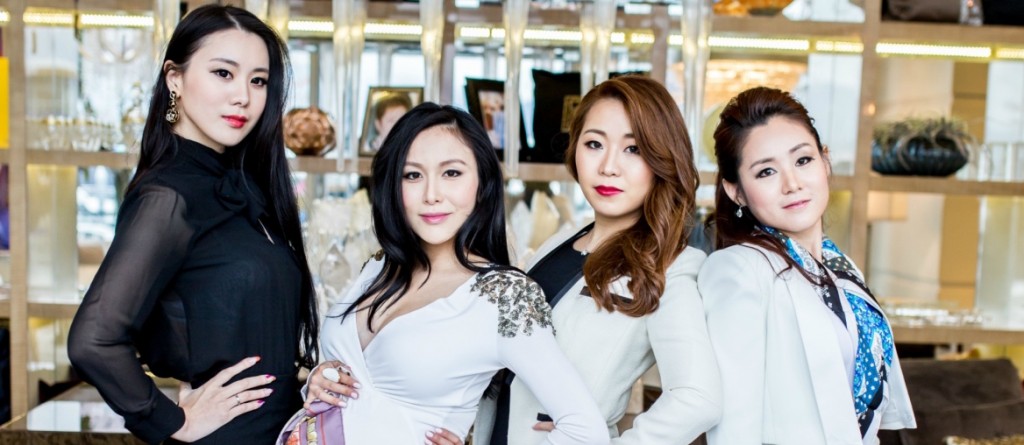
KOL : new advertising way for Brands
KOL (Key Opinion Leaders), also known as influencers, are one of the best ways to promote luxury brands and fashion. Weibo (Chinese Twitter), and WeChat don’t have to be the only platforms. Marketing campaigns can be successful by using popular apps like Douyin (Chinese Tiktok), Weitao, Bilibili, and Little Red Book (Xiaohongshu), as well as Weitao (Blogging Site of Taobao), Weitao (Blogging Site of Taobao), Bilibili, and Kaola.
China’s fashion blogging community has become a huge business. Chinese fashion bloggers are big business. Chinese social media marketing does not offer the same advertising opportunities that in Western media. Marketers and brands rely on Key Opinion Leaders (KOLs) in China. Keep in mind, however, that the principle is the same: KOLs, or key opinion leaders in China, share content and often are part of brands’ marketing campaigns. They allow creators to share information, reviews and other entertainment with followers.
While there are concerns about the future market potential and market buzz of virtual KOLs but human influencers remain the most powerful branding tool in luxury and fashion


